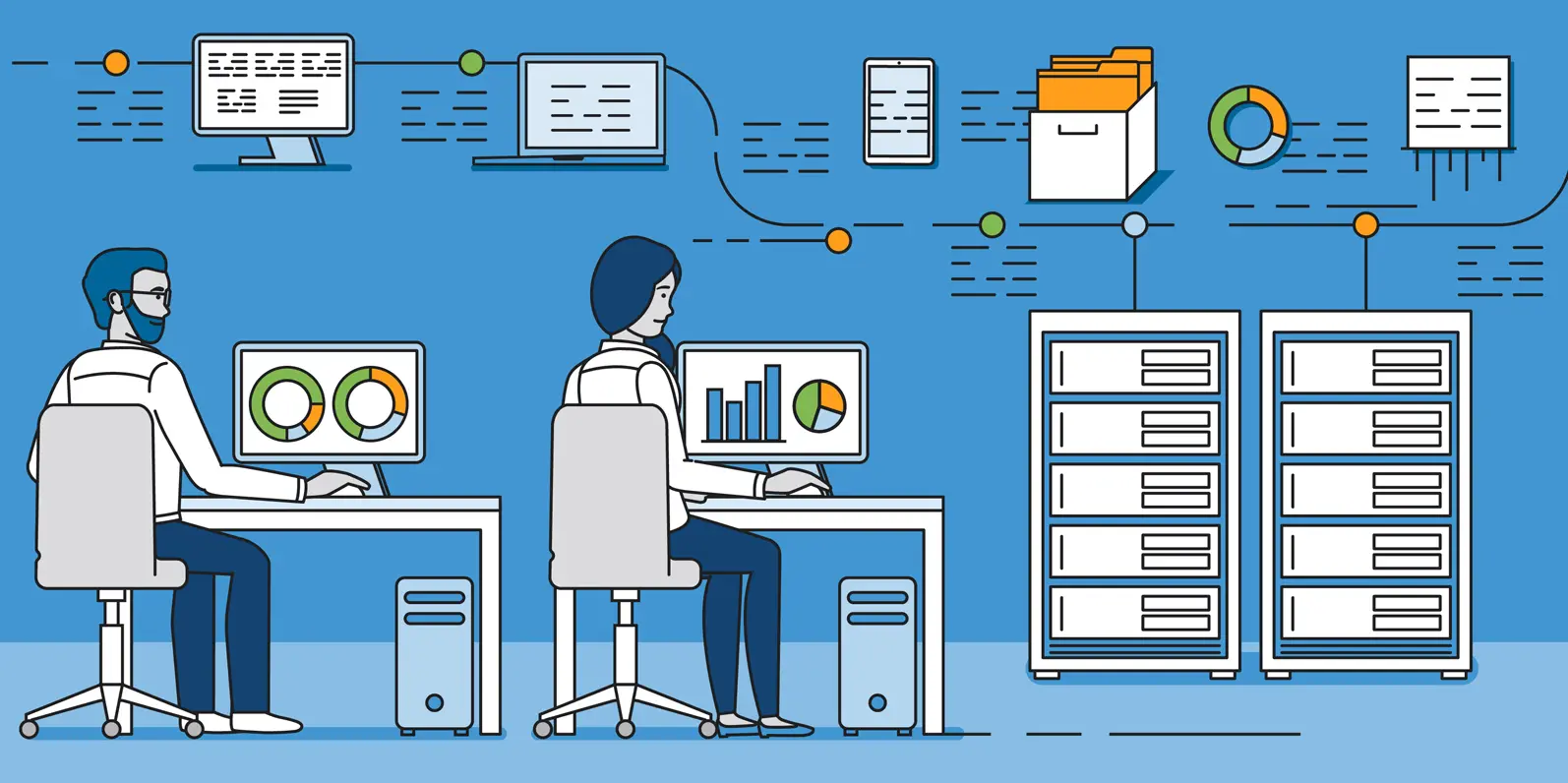Today’s marketplace is quite competitive. Companies are developing ways and means to create delight for customers and more profitable revenues. Cross-selling and upselling have emerged as powerful selling tools, though how to be cross-customer-specific is another matter of debate. Machine learning provides intelligent, data-driven approaches to refining cross- and upsell efforts. Kaay Labs offers the latest in machine learning consulting and development to assist organizations in fully leveraging these technologies to personalize their offers and optimize timing.
This piece discusses how machine learning will dramatically change your sales approach, taking you through the techniques and advantages of applying machine learning to cross- and upsell.
Cross- and Upsell: What’s It All About?
Cross-selling would mean proposing to customers the other related or complementary products the firm sells. In contrast, upselling would mean proposing a more high-end product version. For example, cross-selling might propose a laptop case when someone buys a laptop, but upselling might be the high-end model with all the advanced features.
Traditional cross- and upsell strategies have relied on manual, general product recommendations that may only respond to a few interested customers. At the same time, machine learning tells a more customized, data-driven story of customer behavior, needs, and preferences.
Why Machine Learning?
Applying AI to data patterns to make predictions or recommendations helps cross-sell and upsell. The systems can thus interpret customer data, understand behavior trends, and predict which would appeal to each individual. Companies can unlock these advantages by using development services in machine learning, achieving superior customer engagement and selling.
Key Benefits of Machine Learning in Cross- and Upselling
Apart from benefiting the company in cross- and upselling, machine learning consulting can also provide the company with strategic insights into the benefits and applications of machine learning. Its benefits include the following:
- More Personalization: Machine learning algorithms could generate recommendations based on customer purchases, browsing history, and preferences. For instance, a machine learning model can recommend various products to a customer who usually buys skincare items and may suggest completely different items for another customer focused on fitness-related products.
- Real-time Recommendations: This boosts the possibility of conversions through development services using advanced algorithms. Proper timing is an essential factor in cross-selling and upselling. Real-time analysis allows business organizations to engage the customer at the appropriate moment-whether at or after the purchase. Integration of the machine learning models significantly improves data-driven decisions of when and how to present offers.
- Improved Customer Retention: Effective cross- and upsell strategies that can be personalized and tailored tend to keep customers longer. Businesses continuously learn from customers’ evolving preferences through machine learning and thus adapt offers. Machine learning consulting is revolutionizing how brands develop solid and long-lasting customer relationships.
Machine Learning Revolutionizes Cross-and Upsell
- Segmentation and Targeting: Segmentation is a powerful method used to identify the groups and preferences of customers. A machine learning model breaks down customer data and identifies patterns for further segmentation of customers based on behavior, demographic details, or purchase history. The same segmentation benefits a company to reach out to the respective segmented customer with an offer that matches their concern.
- Predictive Analytics: Predictive analytics lets the company predict which customer will accept the company’s cross-selling or upselling offer. Machine learning algorithms compute what pattern in past customer behavior predicts a particular future action on behalf of the customer. In the above example, if some customers are purchasing similar products or are interested in premium products, predictive analytics can propose a strategy for upselling such customers.
- Product Affinity Models: Product affinity models identify which products are purchased together or what upgrades a customer likes from a particular segment. Using machine learning development services, these models shape effective cross-selling and upselling strategies based on historical purchase data and customer interactions. Dynamic pricing models also help increase chances of cross-selling and make suggestions more relevant and natural.
- Dynamic pricing: This adjusts businesses according to real-time demand, customer behavior, and market trends. One can dynamically change product sales prices or provide upsell discounts for optimal sales and revenues through machine learning algorithms. Businesses will always compete for the timely and appealing offers provided to customers.
Cross- and Upselling Machine Learning Implementation
You will receive customized solutions for cross- and upsell strategies by partnering with vendors for machine learning consulting and development services. Implementing machine learning can be difficult, so working with the experts will ensure you receive practical, scalable solutions.
Step-by-Step Implementation Guide
- Data Collection: Collect customer preferences, behavior, and purchase history information. Machine learning consulting firms can help you identify a proper data source and create a clean pipeline.
- Feature Engineering: Transform data into features – to variables – machine learning models can digest. Some examples include customer lifetime value, average spenders, and purchase frequency.
- Select the machine learning models for business objectives: Recommendation engines, clustering algorithms, and regression models are most frequently used for cross- and upselling.
- Model Training and Testing: The model is trained on historical data to fine-tune for better accuracy. Machine learning development services support the optimization of accurate and relevant models.
- Implementation and Monitoring: The model will be deployed and constantly monitored to update and improve performance. This ensures that adaptation to changed customer behavior and preferences in the long term is always effective.
Success Metrics for Machine Learning in Cross- and Upselling
Understanding performance is only possible through monitoring machine learning applications. Among these, essential metrics include the following.
- Conversion Rate: The measure of customers responding positively towards cross- or upselling offers.
- Average Order Value or AOV: Measuring AOV assesses how the upselling and cross-selling efforts translate to finance.
- Customer Lifetime Value or CLV: In most cases, boosting CLV also means raising the bar of customer lifetime value, with stronger allegiance to the customer and even more revenue generation.
Businesses can use these metrics to determine whether their machine learning models are the most appropriate, giving them the insight to optimize strategies continually.
Machine learning is revolutionary in cross- and upselling, offering what traditional approaches cannot do regarding accuracy or flexibility. Businesses can deploy data-driven strategies to produce personalized recommendations in real-time, raising customer loyalty and revenue for their business. With Kaay Labs as a partner to develop and consult on machine learning, your business will now be empowered with the expertise to use these mighty tools to open new revenue streams and boost customer satisfaction.
Proper implementation will allow machine learning to be seen as an asset contributing to growth, customer experience improvements, and staying competitive.




